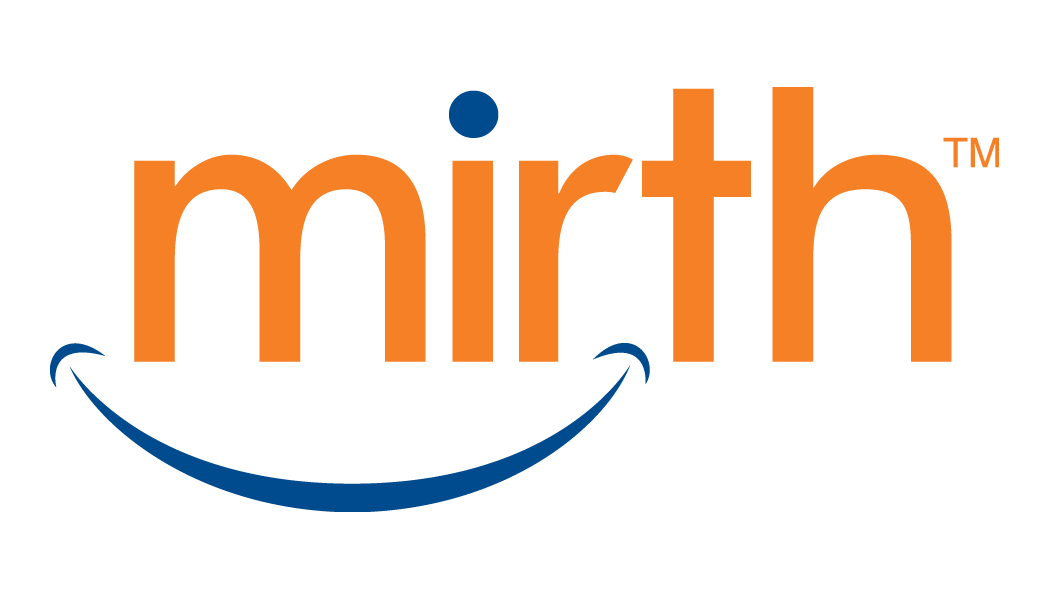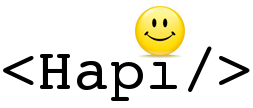 EN | ES
EN | ES
We are experts, we can help
20+ years of experience, 25+ customers worldwide, 500+ trained professionals from 16 countries.
Hospital Information Systems (HIS) Integraton
The integration necessities can be classified in two areas: services and data.
Integration of services allows two or more independent systems to communicate in real time, interchanging information that is needed for a certain business process, like a medical encounter, or the prescription and dispense of a medication.
Data integration can be classified by specific goals: centralization, synchronization or ETL (extraction, transform, load) for analysis.
Data centalization occurs when an organization has several disparate databases, that they want to consolidate into a single database. The main reasons for this are lower management effort of different databases, issues that incomplete and fragmented data generate, and data inconsistencies between databases, from duplicated and outdated data.
Synchronization occurs when there are multiple databases, but instead of wanting to centralize everything, they decide to maintain each database updated with the latest version of the data to improve the data consistency between databases. This requires periodic sync processes that verify which data was updated and should be synced with other databases, and executed the updates, on some cases generating reports of what whas updated, and the source / destination of the updates.
Lastly, ETL for analysis is implemented when the business needs to obtain a subset of the data from different data sources, including databases, but also other files and documents. The goal of this kind of integration is to consolidate an data set that will be used to answer certain business questions, calculate indicators, and compare those in time, having also a historical view of those indicators. For this process the consolidated data should have good quality (completness, unicity, consistency), and we need to map subsets from inconsistent data sources, into a common model. That will be later loaded into the data destination and put to work, for instance as the database for a datawarehouse solution.
We specialize in all these types of integrations
We follow a strict methodology to reach the best results
- Data source and destination analysis
- Design of interfaces and messages (for service integrations)
- Design of data mappings from local models to messages (source or destination internal models should be mapped to message fields)
- Design of destination data models (data centralization or ETL)
- Design of synchronization processes (including data mappings between different databases, and messages if sync is done using messaging)
- Design of data mapping and integration processess from different sources for data centralization and ETL
- Implementation of integrations
- Testing and QA of integrations
Tools we use







Contact us